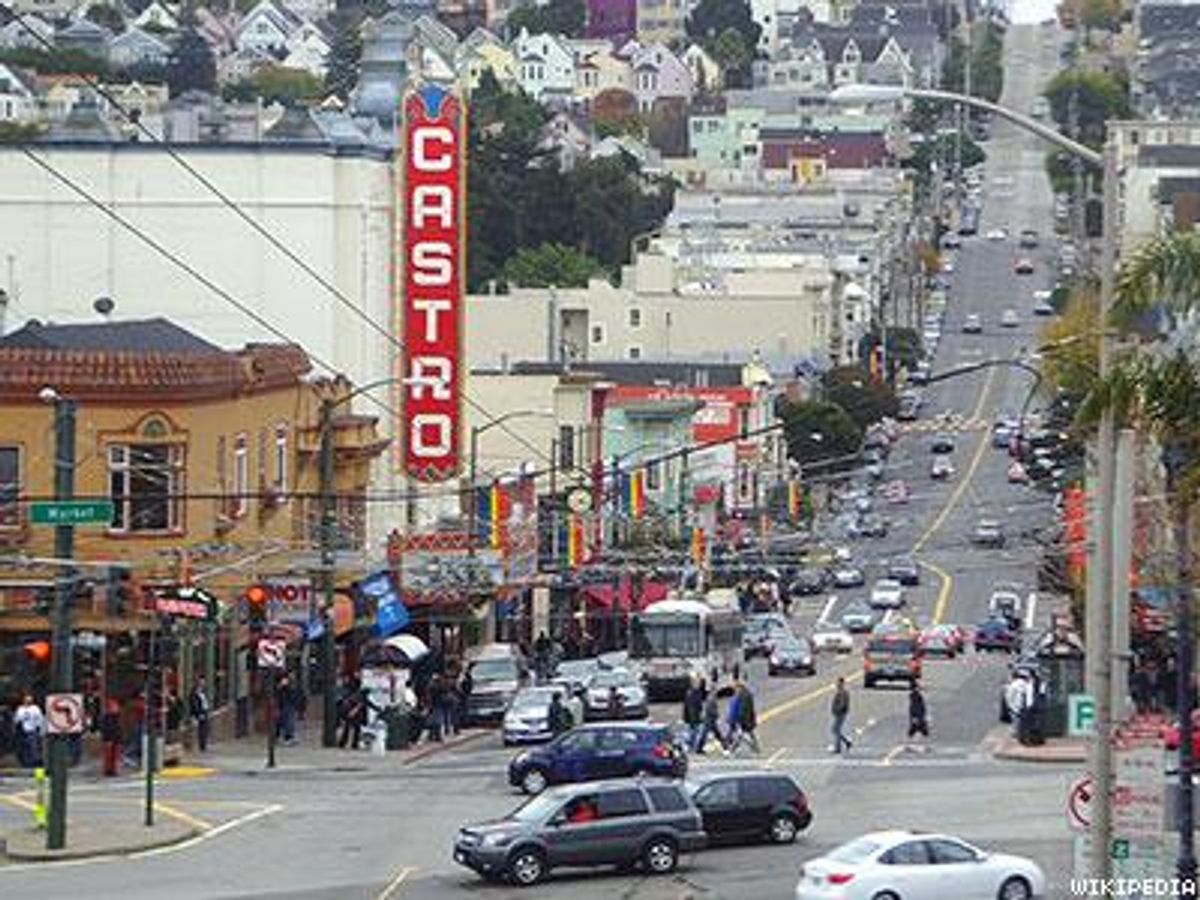
In the past decade, neighborhoods like the Castro and Chelsea have experienced a sizable drop in gay and lesbian residents.
July 28 2014 2:22 PM EST
November 17 2015 5:28 AM EST
dnlreynolds
By continuing to use our site, you agree to our Private Policy and Terms of Use.

Historic gay neighborhoods are flying fewer rainbow flags than in previous years.
A new study, led by sociologist Amin Ghaziani of the University of British Columbia, finds that U.S. districts like the Castro in San Francisco, Boystown in Chicago, and Chelsea in New York have fewer same-sex couples than a decade beforehand, reports UBC News.
Ghaziani's statistics, which will be published in his book There Goes the Gayhorhood, show an 8 percent decrease in gay men and a 13 percent decrease in lesbians in these locations over this time.
The research also demonstrates a rise in the number of heterosexual households in traditionally gay locales, which Ghaziani attributes to gentrification as well as rising acceptance of gays and lesbians in across the country.
Conversely, gay people are flocking to traditionally straight neighborhoods, with small enclaves forming around select school districts. Ghaziani finds that LGBT households have cropped up across 93 percent of U.S. counties.
While acknowledging that this shift in demographics is evidence of the progress of the LGBT rights movement in recent years, Ghaziani warns that the abandoning of "gayborhoods" could result in the loss of shared culture, community, and political clout.
"Gay neighborhoods have been crucial to the struggle for freedom, and have produced globally important contributions, from politics, to poetry, to music, and fashion," he said. "The growing acceptance of same-sex couples underlying these findings is extremely positive, but it is important that we continue to find meaningful ways to preserve these culturally important spaces."